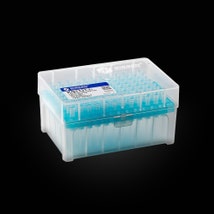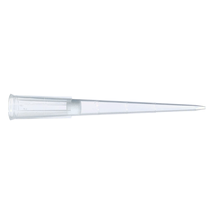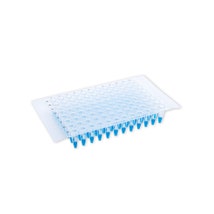Immunoplates, PS, 300µl Total Volume
SPL Life Sciences manufactures microplates specifically designed for diagnostics and immunological research.
These microplates are tailored for immunoassay applications, offering researchers a variety of surface binding options to suit different experimental needs.
Surface Binding Options
SPL provides four distinct types of microplates, each optimised for specific protein and molecule adsorption characteristics:
- Maxibinding: Features a modified polystyrene surface with a high binding capacity for proteins and molecules containing both hydrophilic and hydrophobic regions. It is recommended for most ELISA experiments.
- Medibinding: Designed to adsorb proteins and molecules with intermediate hydrophilic and hydrophobic properties. This surface is more hydrophobic than Maxibinding plates, making it suitable for antigen/antibody ELISA.
- Unibinding: Specially developed for the adsorption of hydrophobic molecules, making it ideal for antigen ELISA applications.
- Multibinding: Optimised for the adsorption of hydrophilic molecules, particularly suited for antigen ELISA experiments.
Design & Configuration
Each SPL microplate consists of 96 wells per plate and is available with either a flat or round bottom, catering to different assay requirements. The plates do not come with lids, allowing flexibility in use across various applications.
Precision & Usability Features
They are developed to ensure uniform surface homogeneity, which enhances assay consistency and reliability. The wells feature raised rims to reduce cross-contamination, while alphanumeric labelling simplifies sample identification. Additionally, these plates are designed for easy handling and automation, improving efficiency in laboratory workflows.
Product Features
- Variety of Binding Surfaces: Offers Maxibinding, Medibinding, Unibinding, and Multibinding plates to suit different immunoassay requirements.
- Optimised for Immunoassays: Specifically developed for ELISA and general binding assays, ensuring high experimental reliability.
- 96-Well Plate Format: Standardised format for compatibility with automated and manual laboratory workflows.
- Flat or Round Bottom Options: Provides flexibility for different assay applications.
- Uniform Surface Homogeneity: Ensures consistent binding and reliable experimental results.
- Raised Well Rims: Minimises the risk of cross-contamination between samples.
- Alphanumeric Labelling: Simplifies sample identification and tracking during experiments.
- Automation-Compatible Design: Facilitates easy handling and integration into automated systems.
| Code | SKU | Bottom Type | Surface Type | Bottom Surface Area | Total Volume | Qnty |
| 664-990 | 32296 | Flat | Maxibinding | 0.33cm2 | 300µl | 10/100 |
| 664-991 | 32396 | Flat | Medibinding | 0.33cm2 | 300µl | 10/100 |
Product Questions
How long will my delivery take?
Our Promise: Every order we receive before 2pm AEST will be despatched on the same day! Learn more.
Metropolitan Area
Adelaide, Melbourne, Sydney & Canberra
1-2 Business Days
Brisbane
2-3 Business Days
Darwin & Perth
3-5 Business Days
Regional Area
SA, VIC, NSW & ACT
2-3 Business Days
QLD
3-4 Business Days
NT, WA & TAS
4-6 Business Days
| Code | SKU | Bottom Type | Surface Type | Bottom Surface Area | Total Volume | Qnty |
| 664-990 | 32296 | Flat | Maxibinding | 0.33cm2 | 300µl | 10/100 |
| 664-991 | 32396 | Flat | Medibinding | 0.33cm2 | 300µl | 10/100 |
Product Questions
How long will my delivery take?
Our Promise: Every order we receive before 2pm AEST will be despatched on the same day! Learn more.
Metropolitan Area
Adelaide, Melbourne, Sydney & Canberra
1-2 Business Days
Brisbane
2-3 Business Days
Darwin & Perth
3-5 Business Days
Regional Area
SA, VIC, NSW & ACT
2-3 Business Days
QLD
3-4 Business Days
NT, WA & TAS
4-6 Business Days








